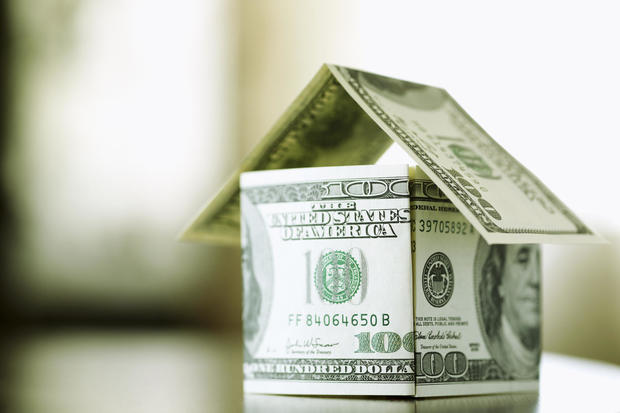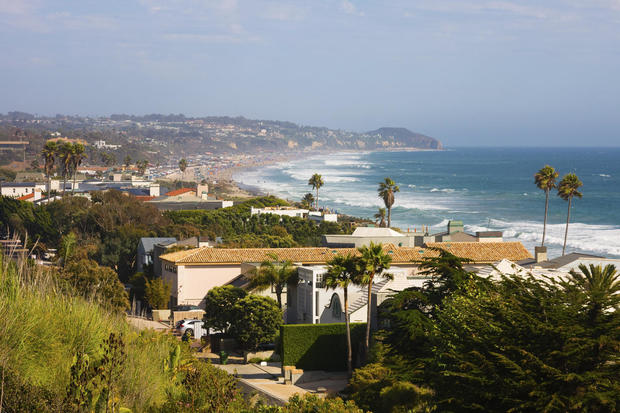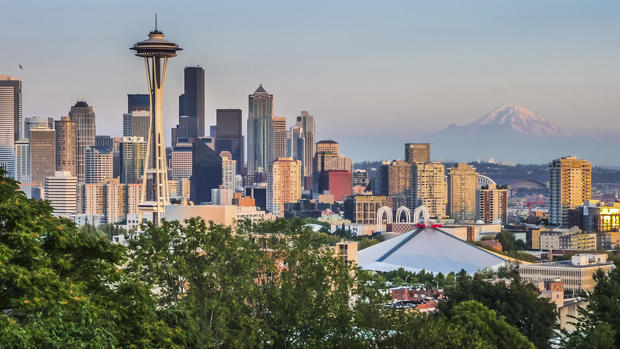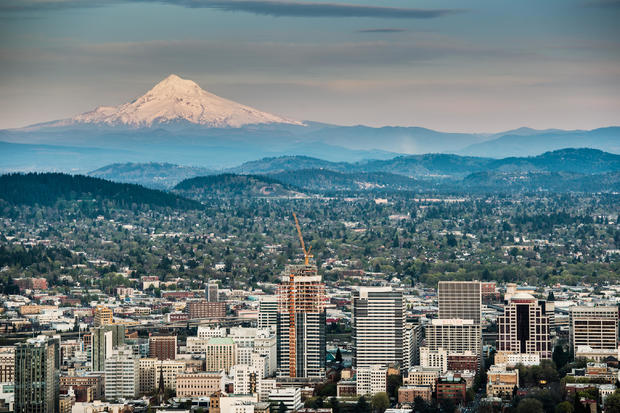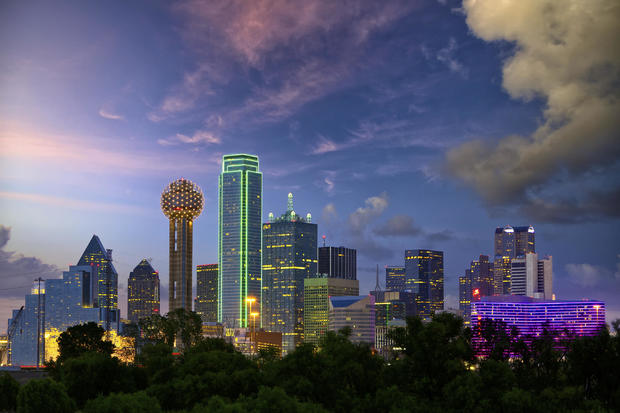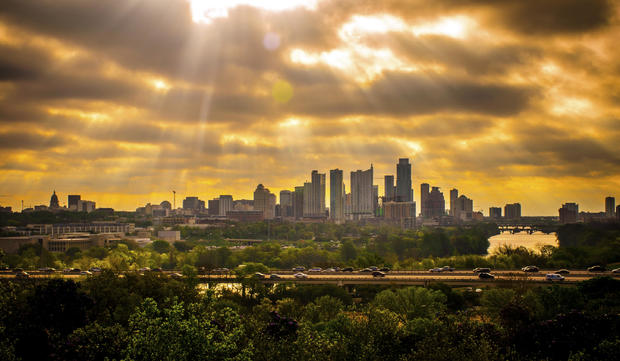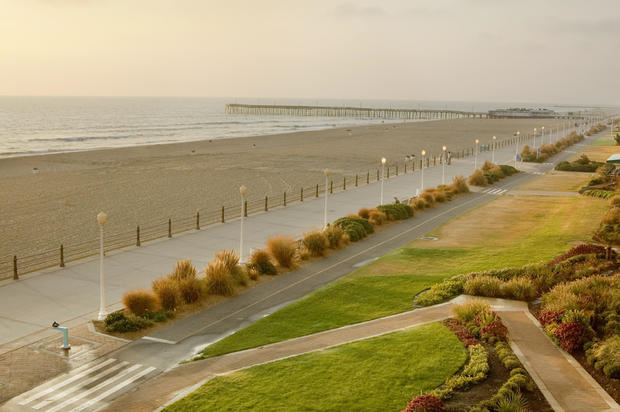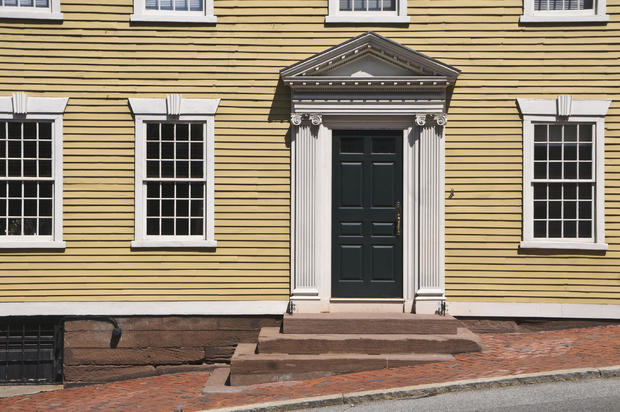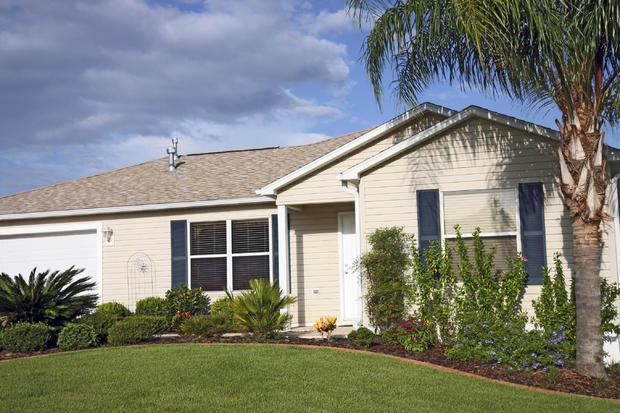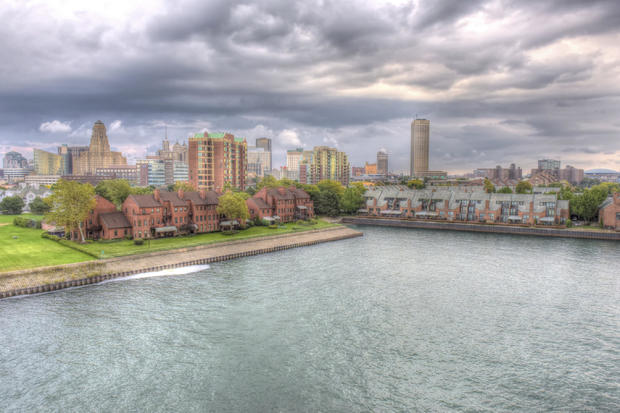5 best -- and worst -- U.S. real estate markets
Investors and homeowners looking for the next hot property market should keep an eye on two trends: jobs and affordability.
That's according to new research from PwC and the Urban Land Institute, which on Wednesday published their annual Emerging Trends in Real Estate report. It's based on economic data and survey responses and interviews with property investors, developers, brokers and other professionals involved in the real estate business.
Some of the cities that landed near the top of the list in past years have been bumped down in this year's ranking because of affordability issues. San Francisco, for instance, ranked No. 2 just a few years ago but has fallen to 10th place because of high costs, said Mitch Roschelle, a partner and real estate research leader at PwC.
"The skills that the economy needs today are different, such as people who can write code," Roschelle said. "They're going where the jobs are but also where they afford to live."
UBS recently cited San Francisco as having the highest risk for being in a real estate bubble of any American city. Home values there have jumped 66 percent in the last five years, compared with a 22 percent gain across the U.S., according to Zillow data.
A vibrant millennial population may also indicate where home values could rise, given that the generation is now entering the real estate market. About half of all homebuyers are younger than 36, according to Zillow.
Read on to learn about the five best and worst property markets around the U.S.
Best: 5. Los Angeles
While affordability is an issue in Los Angeles, its economy is growing and expanding beyond its traditional entertainment base, into areas like technology, PwC found. Research universities located in the city are also boosting the economy.
Total employment in Los Angeles is forecast to grow by 1.9 percent in the next year, slightly head of the national average of 1.5 percent.
The median home value in Los Angeles stands at $590,400 and is projected to rise 1.7 percent in the next year, according to Zillow. While that may seem expensive, it's still a relative value compared with San Francisco, where Zillow says median home values stand at $1.1 million.
Best: 4. Seattle
This Northwestern city is also becoming less affordable, but it ranks high on the list because of favorable economic trends, such as faster-than-average job growth and a higher proportion of millennial residents. Tech hiring has been competitive in Seattle, where info-tech workers earn $10 more an hour than the national average, the report found.
"The combination of strong job growth and rising incomes is projected to push household formation up in 2017, which will increase demand for both single- and multifamily housing," the report said.
The median home value in Seattle is $594,600, and it's forecast to jump 6.4 percent in the next year, according to Zillow.
Best: 3. Portland, Oregon
While hipsters may want to preserve Portland's oddball charm, it's increasingly becoming a haven for real estate investors. Oregon's largest city is benefitting from strong economic and demographic growth. The population of millennials is expected to increase by more than 10 percent over the next five years, compared with a 2.6 percent increase for the U.S. as a whole.
Housing in Portland has grown more expensive. The median home value is $394,900, with home values predicted to rise 6.4 percent in the next year, according to Zillow.
Best: 2. Dallas/Fort Worth
This Texas city came out of the financial crisis in better shape than many other American cities, PwC found. Real estate in the metropolitan area have largely sidestepped the boom-and-bust cycle that it has suffered in the past.
"The Dallas/Fort Worth area is perceived as a business-friendly environment that offers an attractive cost of doing business, an adequate and well-educated workforce, and world-class transportation access by air, rail, and road," the report noted.
The median home price in Dallas is $153,900, the most affordable among the top five, although Zillow predicts that home prices will rise 8.3 percent in the next year.
Best: 1. Austin, Texas
Like Portland, Austin is another hipster capital that's quickly becoming a real estate haven. It has a growing millennial population and burgeoning technology sector. Still, the cost of living has been rising, which may become an issue for workers.
The median home value in Austin is $305,600, with Zillow predicting home prices to rise 3.5 percent in the next year.
What the top cities have in common "are favorable economics or favorable demographics," PwC's Roschelle said. "These are the things that are going on in Austin that aren't going on in Buffalo.
He added, "Millennials are a big key to Austin's success. The generation is 30 percent of the U.S. population, but in Austin they are 35 percent of the population."
Worst: 5. Virginia Beach/Norfolk
This metropolitan area has a "mixed" story when it comes to jobs, with employment growth below the national average, the report found. Yet the jobs in the region are leaning toward higher-paying professions, which is positive.
The median home value in the Virginia Beach/Norfolk area is $253,200, with Zillow predicting that home values will rise 2.4 percent in the next year.
4. Worst: Providence, Rhode Island
This Rhode Island city is viewed as a "lost-cost alternative to Boston and New York," the report notes. But the population is growing at a much slower rate than in the U.S. overall, which inhibits growth, and it's projected to lose millennials over the next five years; in many top housing markets, the number of younger Americans is projected to increase.
The median home value in Providence is $163,800, and home prices are expected to rise 5 percent in the next year, according to Zillow.
Worst: 3. Deltona/Daytona Beach
The economy in the Deltona/Daytona Beach region is being driven by population growth -- especially among older Americans -- rather than economic development. The millennial cohort is also lower than typical, with only 24 percent of the city's residents counted as part of this younger generation, compared with 30 percent for the U.S. as a whole.
The median home value in Daytona Beach is $114,900, with Zillow predicting that home prices will rise 5.7 percent in the next year.
Worst: 2. Hartford, Connecticut
This Connecticut city is a "a good example of a market where the public and private sectors are at odds," PwC and the Urban Land Institute note. The state is expected to cut jobs to cope with a budget deficit, while private-sector employment growth is mostly in lower-paying fields.
"Industry participants have been hinting at moving to alternatives offering a lower cost of doing if the fiscal climate and business environment do not improve," the report states.
The median home price in Hartford is $102,100, while prices are expected to increase 1.6 percent in the next year, according to Zillow.
Worst: 1. Buffalo, New York
This upstate New York city ranks at the bottom of PwC's list, with the report noting that its economy "has failed to build any positive momentum." An aging population will add to its issues, while population loss in its urban core is also challenging.
"The city has programs dedicated to revitalization of the urban core, but in the near term, residential and retail growth will likely be confined to relatively small pockets," the report states.
The median home value in the Buffalo metropolitan region is $134,200, while Zillow predicts home prices will rise 2.4 percent in the next year.
Up-and-coming cities
How about cities that show promise, either with vibrant economies or a growing class of educated millennials? PwC identified five cities that are worth watching:
- Columbus, Ohio: A university town that has seen a resurgence in entrepreneurial activity
- Richmond, Virginia: Its downtown area has a "hip factor"
- Pittsburgh: Tech startups and a low cost of doing business
- Charleston, South Carolina: Strong economic and demographic growth
- Salt Lake City: A well-educated workforce and strong business growth
